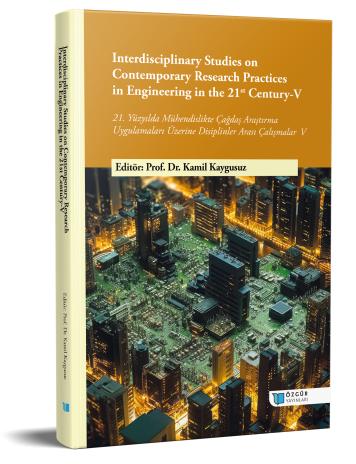
The Impact of Utilizing Phase Change Material As Insulation Material on Building Energy Performance and Fuel Costs
Chapter from the book:
Kaygusuz,
K.
(ed.)
2023.
Interdisciplinary studies on contemporary research practices in engineering in the 21st century- V.
Synopsis
In this study, the impact of wielding phase changing material behalf standard insulation material on building thermal performance and fuel cost was evaluated. In this context, two materials with different thermal conductivity coefficients were applied to the outer shell of the building and the results were compared. From these materials, the thermal conductivity coefficients for the classical insulation material and the phase changing material are respectively; 0.035 W/mK and 0.2 W/mK. The EES program was used in the numerical calculations carried out to review the contribution of the phase changing material applied to the structural crust the building energy performance and fuel cost. The action of the phase changing material used on the building energy productivity has been analyzed for the provinces of Antalya and Ankara, which are located in the first and third degree climate zones in Turkey. In the continuation of this paper, the impact of phase change material, which is preferred for insulation in buildings, on fuel performance was investigated. For this purpose, the analyzes were carried out for the provinces of Istanbul and Erzurum in Turkey. The total fuel cost changes for the reference building used in the study were determined and the amount of energy savings that could be achieved in a year were determined. As a result, it has been determined that the utilize phase change materials as insulation material in the structure reduces building fuel costs and raises energy savings for all climate zones.

